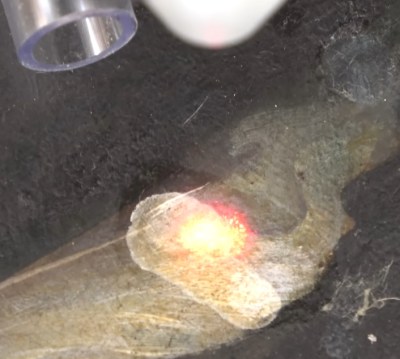The demoscene has provided our community with its artistic outlet since the first computers which could handle graphics, and has stayed at the forefront of technology all the way. For all that though, there’s a frontier it hasn’t yet entirely conquered, which exists in the realm of silicon. To address this cones the ever awesome Tiny Tapeout, who are bringing their ASIC-for-the-masses scheme to the world of demos with an ASIC demo competition.
With a closing date of 6th of September, all accepted entrants get a free Tiny Tapeout tile for their entry. Entries are limited to two tiles or less. with VGA and audio outputs via a specified PMOD pinout. There are a variety of categories including the expected best sound and best graphics, but among them we’re most interested by the mixed signal one that includes analogue circuitry.
Tiny Tapeout has been a particularly exciting project over the last couple of years, truly breaking new ground for the hardware hacker world. Since they’ve just recently been able to start doing some analog design on the chips, we’re excited to see what people come up with for this competition, and we hope it will provide significant advancement to the art. In the best tradition of the demo scene, they’ve even made an intro for the competition, which you can see below the break.
Want to know what all the fuss is about? Start here!


![French acrobatic artist [Bastien Dausse] flies around on an impressive anti-gravity device he created.](https://hackaday.com/wp-content/uploads/2024/07/anti-gravity-thingy-800.jpg?w=600&h=450)

















